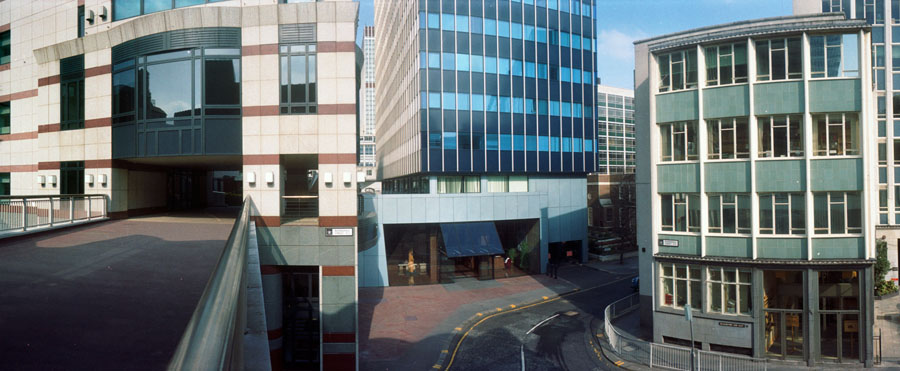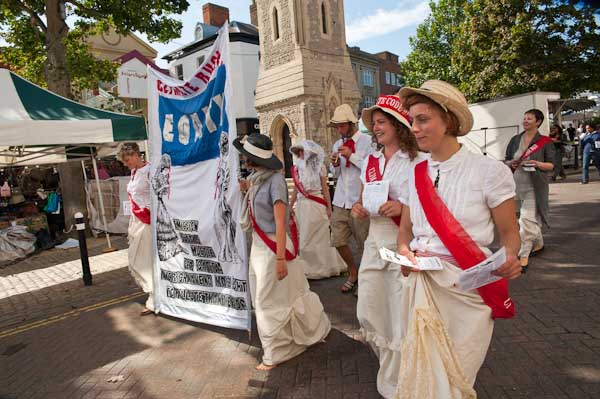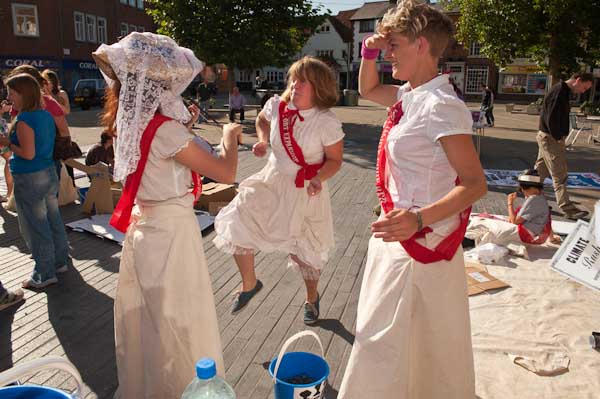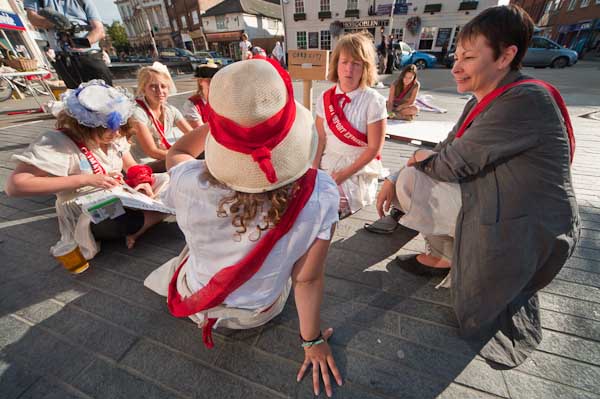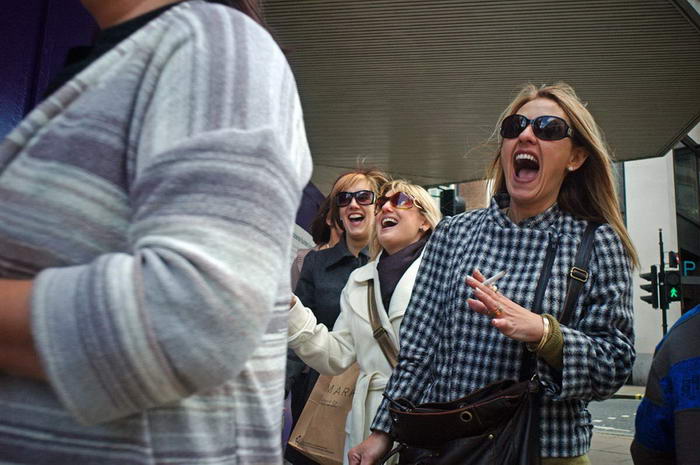Photomonth 2009 opens officially later this week on 1 October with a preview of Childhood from Paul Trevor‘s East Ender Archive at the Museum of Childhood (part of the V&A) just a few yards up the road from Bethnal Green tube, as well as the launch of the photomonth youth photography award.
Photomonth is the UK’s largest photography festival, with over 150 exhibitions and events in 85 venues in East London, which is perhaps why it lasts two months – until the end of November. It actually spread out rather more, as some of the shows included – such as the Amnesty’s exhibition of the winning entries by Eugene Richards, Jim Goldberg and Lefteris Pitarakis shortlisted for the 2009 Amnesty International Media Awards opened at The Human Rights Action Centre, 17-25 New Inn Yard, London, EC2A 3EA on 20 Oct and continues until 5 Nov 2009 – another show surely not to be missed.
Photomonth is a very inclusive show, with a very wide range of both genres and experience, aiming to show the diversity of contemporary photography. As well as exhibitions, here are also various events including a photofair in Spitalfields Market, an open show, portfolio reviews, a photomonth lecture, talks, debates, workshops and seminars. Details of everything on the photomonth web site.
The front page of the site also has a grid of images which can be viewed larger as a slide show. Clicking on any of the pictures loads a larger version (in a few cases too large) and moving your mouse close to the top right or left causes ‘Next’ and ‘Previous’ tabs to appear. It gives some idea of the range of work on show in the festival, with the oldest image by “William Henry” being a W H F Talbot calotype from the first years of our medium. Among other photographers who are included are Martin Parr, Yousuf Karsh and several other well known names I leave you to discover. And then there’s this picture:
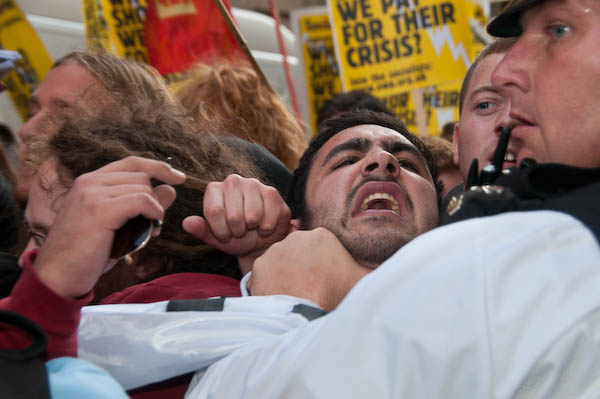
March on the City © 2008, Peter Marshall
And of course, Taken in London, with work by myself and Paul Baldesare, part of photomonth 2009 opens on Saturday 3 Oct at the Shoreditch Gallery in The Juggler in Hoxton Market. You’re invited to the private view on October 8th.
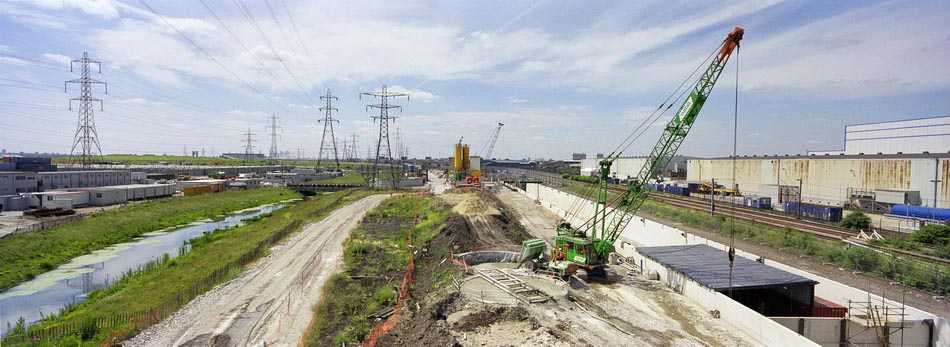
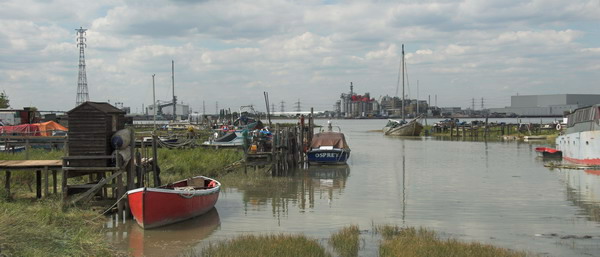







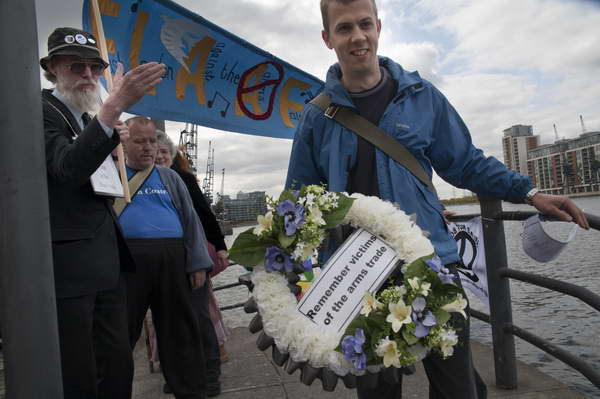 Preparing to launch the wreath on to the water opposite the arms fair
Preparing to launch the wreath on to the water opposite the arms fair 